1
2
3
4
5
6
7
8
9
10
11
12
13
14
15
16
17
18
19
20
21
22
23
24
25
26
27
28
29
30
31
32
33
34
35
36
37
38
39
40
41
42
43
44
45
46
47
48
49
50
51
52
53
54
55
56
57
58
59
| def mobilenet(inputs,
is_training=True,
width_multiplier=1,
scope='MobileNet'):
def _depthwise_separable_conv(inputs,
num_pwc_filters,
width_multiplier,
sc,
downsample=False):
""" Helper function to build the depth-wise separable convolution layer.
"""
num_pwc_filters = round(num_pwc_filters * width_multiplier)
_stride = 2 if downsample else 1
depthwise_conv = slim.separable_convolution2d(inputs,
num_outputs=None,
stride=_stride,
depth_multiplier=1,
kernel_size=[3, 3],
scope=sc+'/depthwise_conv')
bn = slim.batch_norm(depthwise_conv, scope=sc+'/dw_batch_norm')
pointwise_conv = slim.convolution2d(bn,
num_pwc_filters,
kernel_size=[1, 1],
scope=sc+'/pointwise_conv')
bn = slim.batch_norm(pointwise_conv, scope=sc+'/pw_batch_norm')
return bn
with tf.variable_scope(scope) as sc:
end_points_collection = sc.name + '_end_points'
with slim.arg_scope([slim.convolution2d, slim.separable_convolution2d],
activation_fn=None,
outputs_collections=[end_points_collection]):
with slim.arg_scope([slim.batch_norm],
is_training=is_training,
activation_fn=tf.nn.relu):
net = slim.convolution2d(inputs, round(32 * width_multiplier), [3, 3], stride=2, padding='SAME', scope='conv_1')
net = slim.batch_norm(net, scope='conv_1/batch_norm')
net = _depthwise_separable_conv(net, 64, width_multiplier, sc='conv_ds_2')
net = _depthwise_separable_conv(net, 128, width_multiplier, downsample=True, sc='conv_ds_3')
net = _depthwise_separable_conv(net, 128, width_multiplier, sc='conv_ds_4')
net = _depthwise_separable_conv(net, 256, width_multiplier, downsample=True, sc='conv_ds_5')
net = _depthwise_separable_conv(net, 256, width_multiplier, sc='conv_ds_6')
net = _depthwise_separable_conv(net, 512, width_multiplier, downsample=True, sc='conv_ds_7')
net = _depthwise_separable_conv(net, 512, width_multiplier, sc='conv_ds_8')
net = _depthwise_separable_conv(net, 512, width_multiplier, sc='conv_ds_9')
net = _depthwise_separable_conv(net, 512, width_multiplier, sc='conv_ds_10')
net = _depthwise_separable_conv(net, 512, width_multiplier, sc='conv_ds_11')
net = _depthwise_separable_conv(net, 512, width_multiplier, sc='conv_ds_12')
net = _depthwise_separable_conv(net, 1024, width_multiplier, downsample=True, sc='conv_ds_13')
net = _depthwise_separable_conv(net, 1024, width_multiplier, sc='conv_ds_14')
end_points = slim.utils.convert_collection_to_dict(end_points_collection)
return end_points
|
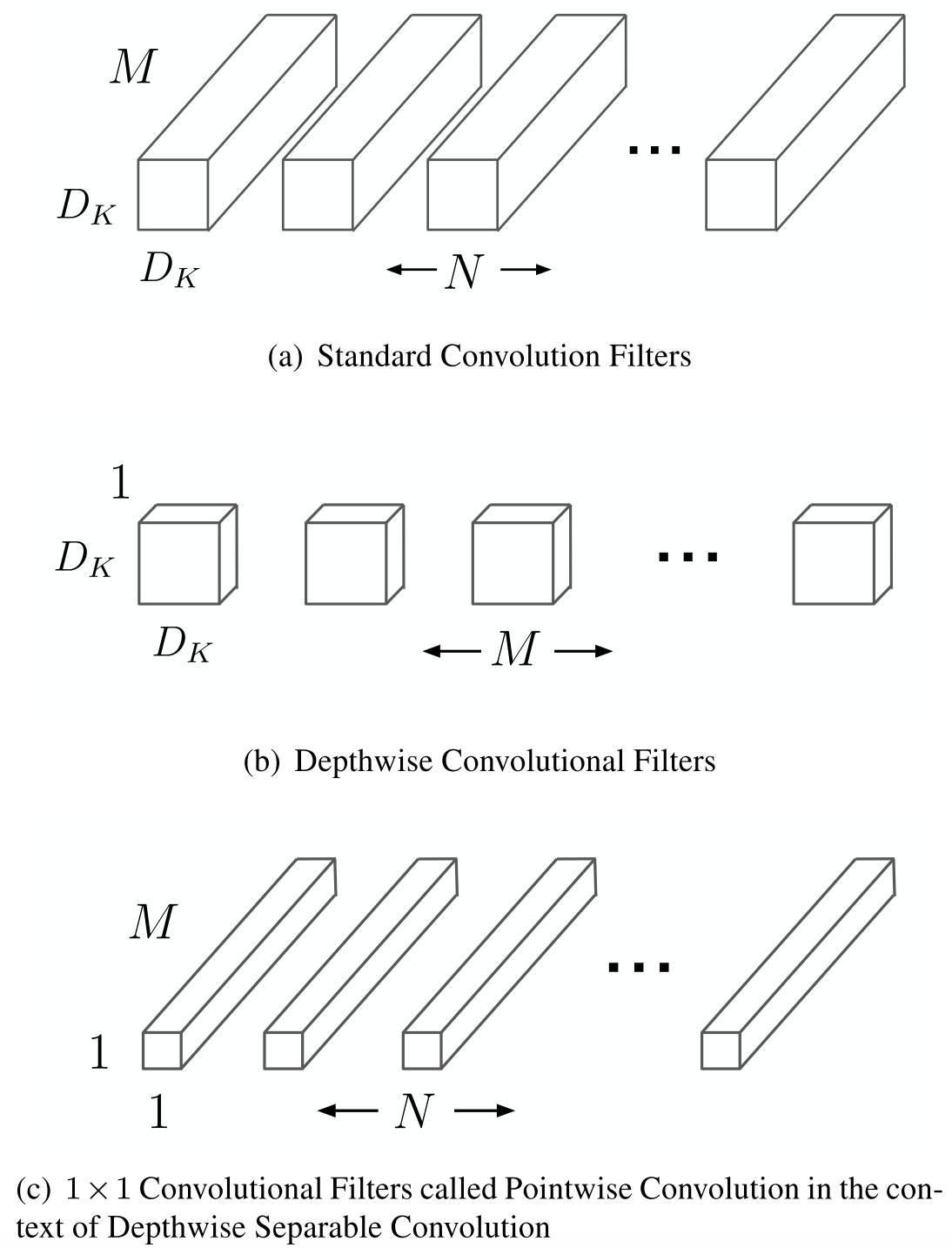

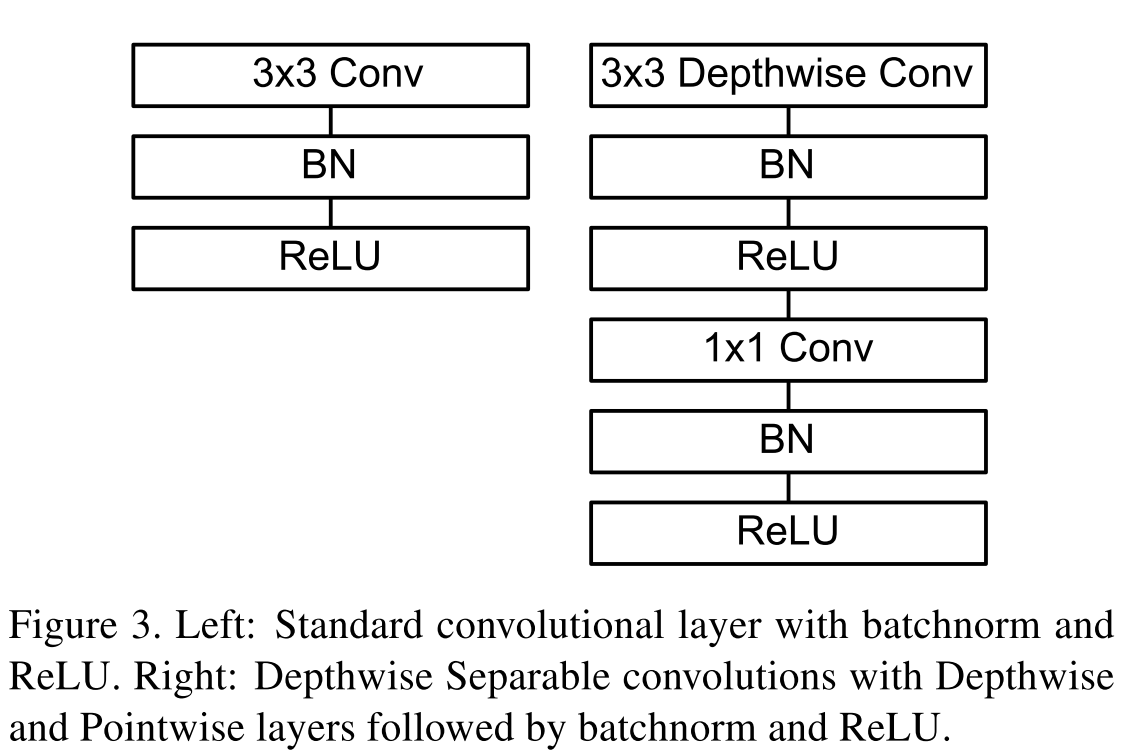

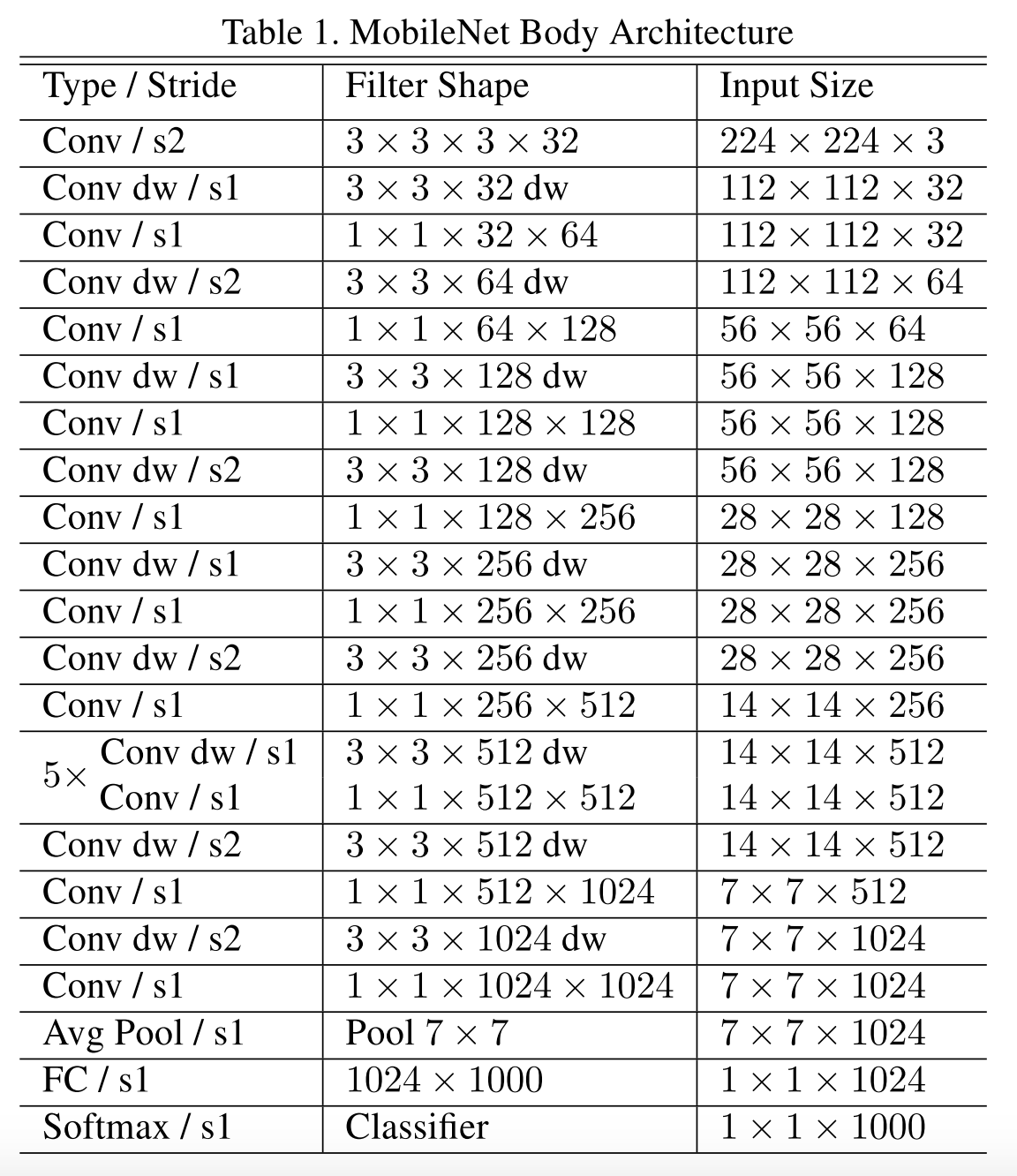
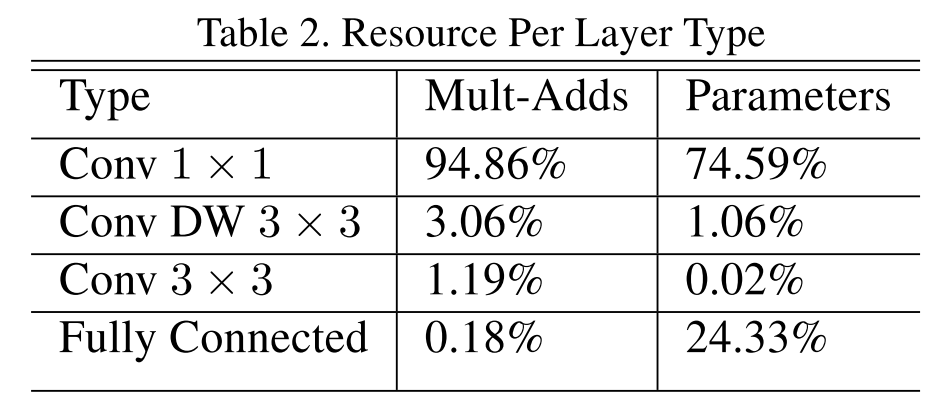
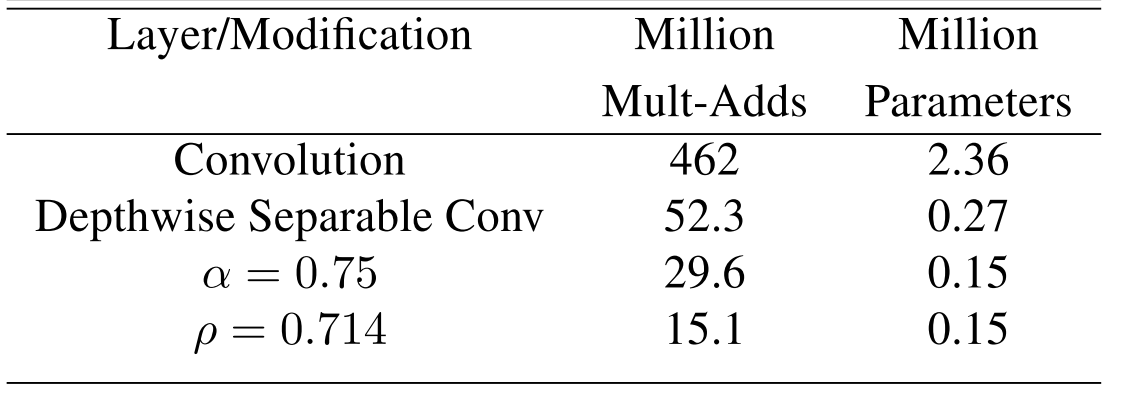
Комментарии